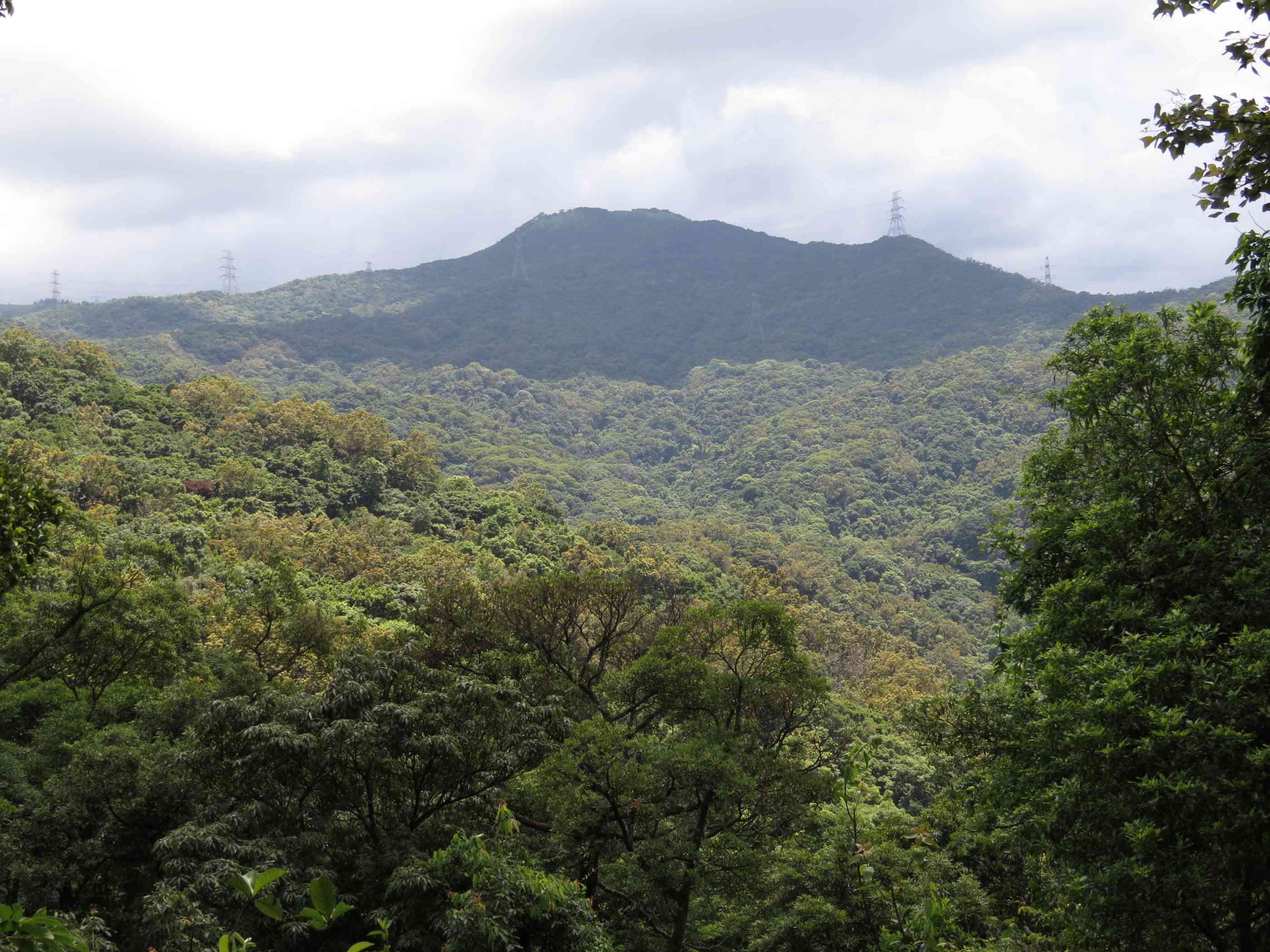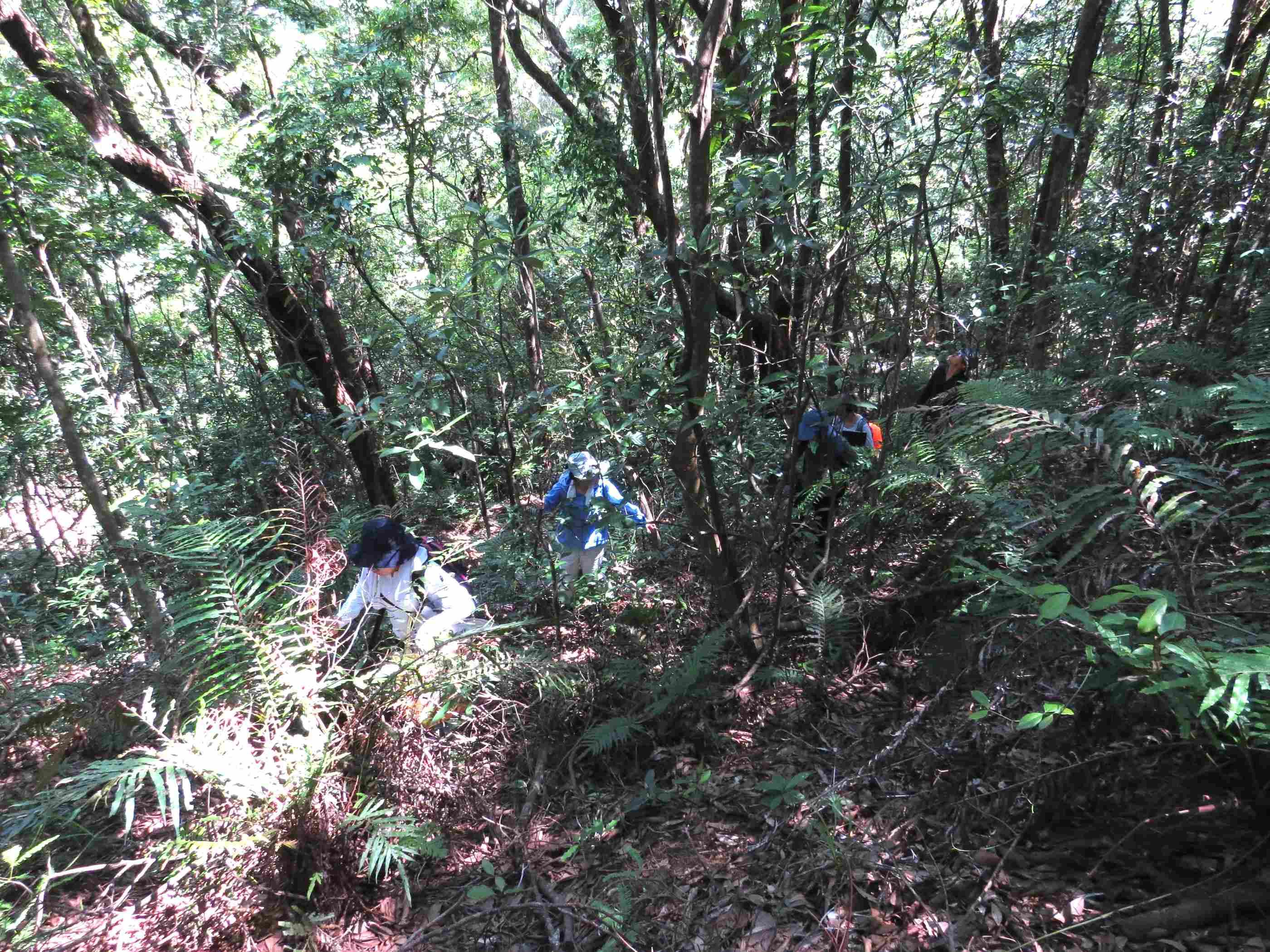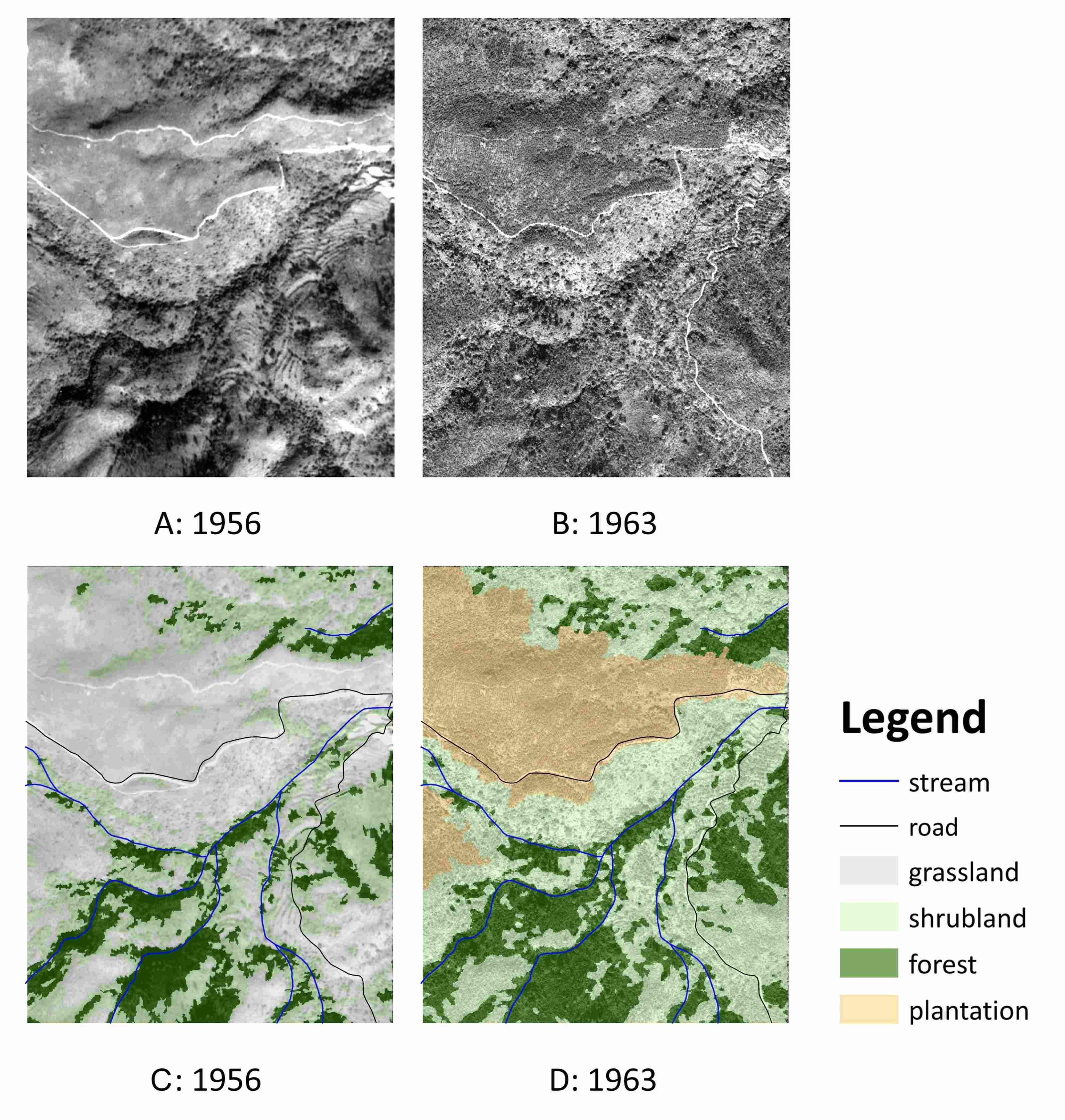KFBG Study Finds That Trees Planted in Monocultures Impede Forest Recovery

(HONG KONG, 20th February 2023) Tree planting has long been considered beneficial to the environment. Supposed benefits include facilitated forest recovery, reduced soil erosion and enhanced biodiversity protection. However, a study led by Kadoorie Farm and Botanic Garden (KFBG) and the University of Hong Kong has shown that what is planted, and how, is critical: planting trees in monocultures can impede forest recovery and the impact can last for decades.
The study was conducted at Tai Po Kau Nature Reserve in Tai Po, New Territories, Hong Kong. Researchers first identified vegetation types in aerial photos taken in 1956 and 1963 to understand how forest cover changed at the site over that period, allowing them to define a series of “vegetation transition types” (VTT). By surveying the present-day cover of trees in 2015, they were then able to examine the effects of these VTTs on the diversity and distribution of tree species up to almost six decades later, as well as changes in the amount of above-ground biomass made up of all woody plants present at the site. The results revealed that the number of species and size of the trees present today in the areas planted with Horsetail Pine (Pinus massoniana) in 1963 were both significantly lower compared to those in naturally recovered areas. In addition, species that were originally distributed along streams and which were common in old-growth forest in the mid-20th century were still mostly confined to these same sites today, indicating a failure of dispersal, regeneration and spread.
Tai Po Kau, established in 1977, is Hong Kong’s oldest nature reserve. The entire site encompasses 460 hectares and since the end of the second world war it has been extensively planted with both native and non-native species, including Horsetail Pine, Paper-bark and Brisbane Box. In 2015, with sponsorship from the Hongkong Bank Foundation, the University of Hong Kong and KFBG jointly established a 20-ha forest dynamics plot in the reserve, within which every stem equal to or larger than 1cm in diameter at breast height was identified, measured and mapped. A total of 81,019 individuals representing 172 species were recorded.
The study was published in the journal Frontiers in Forests and Global Change and was a collaboration between scientists in Hong Kong and the US. The study’s corresponding author, Dr. Jinlong Zhang, a senior ecologist in KFBG's Flora Conservation Department, said, “It is widely believed that once destroyed, forests can recover naturally from grassland or shrubland within a few decades in a process known as forest succession, and that tree planting can help. But our study shows that forests do not recover as much, or as rapidly, as people think they do. If trees are planted in monocultures or very low diversity species mixes, they will not only fail to facilitate the forest’s recovery, but they may also hinder it. And if the forest’s natural species composition and structure cannot recover, its ecosystem functions may also falter, negatively impacting the survival of insects, birds and animals.”
KFBG’s Huiling Zhu, first author of the paper, added, “Our study used a relatively new statistical approach to show that the area where Horsetail Pine was previously planted did not recover well. Most of these trees were killed in the 1970s due to an outbreak of pine wilt nematode, and as they were eradicated, the landscape reverted to grassland or shrubland, delaying the recovery of forest structure and composition by at least 20 to 30 years. More attention should be paid to the conservation of existing natural forests, as well as to studying the process and mechanisms of forest recovery.”
One of the paper’s co-authors, Dr. Billy C.H. Hau, principal lecturer at the Faculty of Science of the University of Hong Kong, said, “The forests in Hong Kong were destroyed in the past, and now they are slowly recovering. But are these secondary forests comparable to the original primary forests? Can the forest be fully restored? What challenges must be overcome to achieve forest restoration? To answer these questions, we need to conduct a thorough survey of a larger piece of forest, and the forests of Tai Po Kau provide that great opportunity. We established a 20-ha plot according to the standards of the ForestGEO research network, of which we are a member. We are pleased that the data collected from the TPK plot can be used to reveal the underlying issues and mechanisms in the natural recovery of forests in Hong Kong."
KFBG has long been committed to biodiversity conservation and forest restoration. In addition to the Tai Po Kau forest plot jointly established with the University of Hong Kong, a forest restoration project was also established within KFBG in 2013 to enable research into the factors affecting the survival and growth of tree seedlings during forest restoration.

Figure 1. Location of the Tai Po Kau plot |

|

|

Figure 4. Aerial Photos and the vegetation types in 1956 and 1963 |

Figure 5. Classification of vegetation transition types (VTTs) from 1956 to 1963 at 20m resolution |

